Emerald Manor Tompatch Manor Mamakata Manor is known as the three largest geisha coffee estates in Panama
[martial arts]
One of the most expensive types of coffee in the world
When it comes to geisha Rose Summer beans, you have to mention the Emerald Manor in Panama. In addition to the world-famous summer roses, Jade Manor has repeatedly created amazing transaction records.
Daniel was the first coffee farmer to discover the unique flavor of rose summer in a cup test, and the first to notice the amazing flavor of rose summer in an official coffee competition was Rick Lynch, the current CEO of the American Fine Coffee Association (SCAA).
Emerald Manor won the championship for the first time in the 2004 best Panama competition with the rose summer seed, which was judged by Rick: the rose summer was measured in the same year's cup, which was tested in the 2004 best Panama winner manor cup held in Osher coffee. The charming fragrance of rose summer flowers, citrus, berries and Darjeeling Tea caused heated discussion, and some people mistakenly thought it was Yega Xuefei from Isopia.
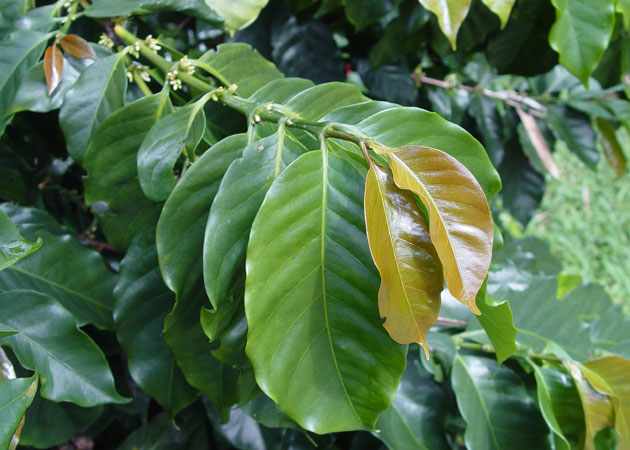
The discovery of Rose Xia:
Geisha was discovered in the Rose Summer Forest of Ethiopia in 1931 and sent to the Coffee Institute in Kenya; it was introduced to Uganda and Tanzania in 1936, to Costa Rica in 1953, and to Panama in the 1970s by Franco Coco of Dongba Seven Farm Garden. Mr. Serraxin got the seeds from CATIE, Costa Rica, and started growing Rosa Coffee.
In fact, Daniel constantly tested the cup according to different harvest batches and indicated the flavor of each batch, only to find that the flavor of a particular batch was a little unique. The only way to find out the difference is to compare one batch after another.
After finding out the batch, then go back to find out the harvest date and harvest area of the batch in the manor, and comprehensively examine the data of the batch again, and finally sum up the exact harvest location of the batch, and trace back to the location of the harvest place. After determining the location, we began to observe the appearance, leaves and fruits of coffee trees one by one, and then we found the rose summer.
It is not as rumored by the outside world, to put it simply, it takes more effort and persistence than others to make the legendary species come into being.
Sometimes when you see a guest choosing coffee, he will ask, "do you like caffeic acid?" "or" do you prefer sour products or balanced ones? "
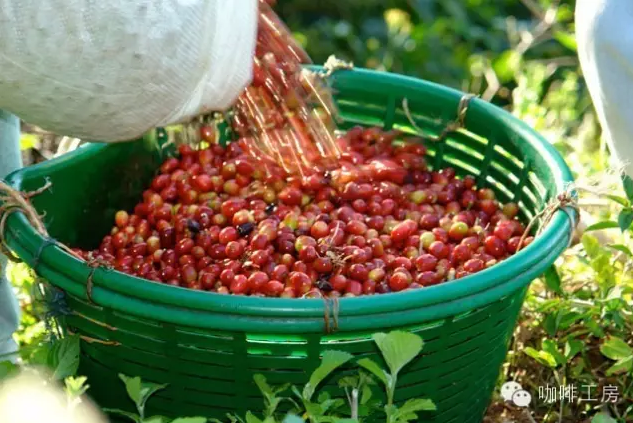
Acidity
Acidity (acidity) is the most important item in coffee tasting. Without acidity, coffee beans are like lifeless and tasteless. Soft acid, bring a rich flavor and taste.
"Acidity" is often used in our coffee tasting language, which is translated as "acidity" in Chinese. It is often misunderstood as the acidity in pH value or the sour taste of lemon or vinegar. In fact, it is not a concept.
Coffee people usually describe coffee flavor by "Acidity", which describes a lively, bright, fresh and refreshing feeling. For example, we will say that African beans have a "bright sour taste" and "fruit sour taste". The wonderful sour taste gives people more rich connotations.
Sour taste:
Raw beans contain citric acid, malic acid, quinic acid and phosphoric acid, which are related to sour taste, but these are not the sources of sour taste felt when drinking coffee. The acid caused by baking is the main source of sour taste.
As soon as raw beans are baked, chemical reactions occur in various ingredients, creating new acids. The most representative is the reaction of quinic acid after chlorogenic acid decomposition and the volatile formic acid and acetic acid reaction after oligosaccharide decomposition.
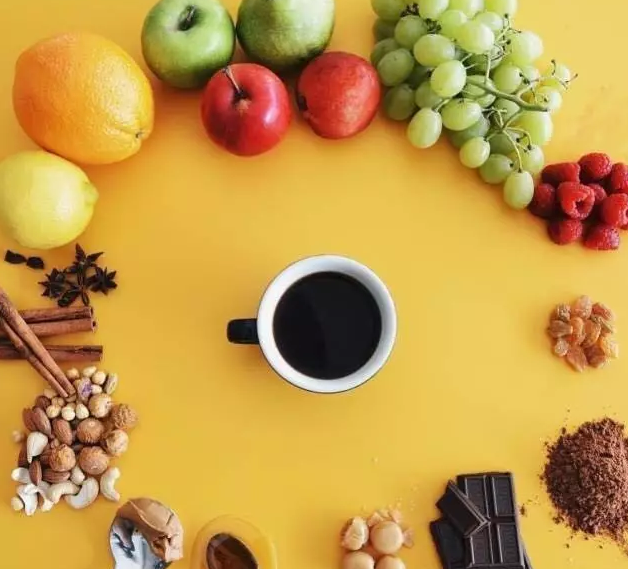
What is the charming sour in coffee?
First of all, the acid in coffee has something to do with the raw bean itself and the degree of roasting. Especially some African coffee, their acidity is soft and bright, such as: sweet, silky smooth, then add some bright acid it will look very plump, with a very rich taste. There are also some coffee in the acid is very exciting, have the feeling of stinging mouth, belong to extremely sour.
If there is no other taste in a cup of coffee except bitter or sour, then this cup of coffee is very bad. So there is an essential difference between sour and astringency. Acid is regarded as acidity when there is saliva on both sides of the middle and back of the tongue after drinking coffee, while astringency is the spicy and noisy feeling on the surface of the tongue, throat and upper jaw after drinking coffee. It's like drinking a cup of coffee with gauze strips.
Astringency is an undesirable taste in coffee. It represents a defective result from raw beans to roasting and even making. Coffee is not a bitter drink.
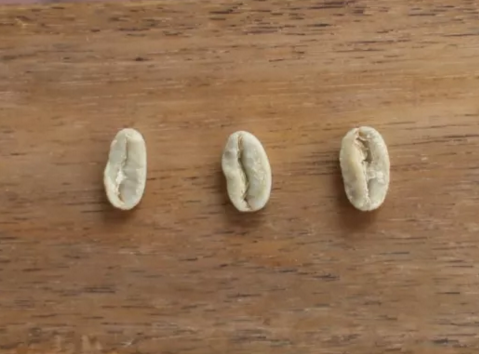
The red standard rose summer perfectly embodies the charming acid.
It is well known that the rose summer of Esmeralda Manor (Panama Geisha Hacienda La Esmeralda), the Emerald Manor of Panama, is the new king of boutique coffee, commonly known as "Red Standard Rose Summer". It is of high quality and expensive. Red standard rose summer is collected in areas above 1550 meters above sea level, and it participates in the global auction in May every year.
[Yu Yun]: if the taste or aroma or touch still stays in the mouth after sipping, and the good flavor stays for a long time, such as sweetness, it still stays clearly in the mouth or even spreads after sipping and spitting coffee, then the score of this item will be high, on the contrary, if there is no aftertaste, or it is very short, the score will be low.
Today, we tested a group of red label Rose Xia (geisha). The remaining rhyme is very sweet.
Cup test results: litchi, peach juice is particularly clear, clear orange, black tea, fruit juice, honey, sweet lasting, just in the mouth is mild and round, fruit sweet and sweet strong, like swallowing a mouthful of fresh fruit tea, clear heart. The lower the temperature, the finer the acidity. Charm is also quite long-lasting, let people feel good satisfaction!
Emerald Manor, Tompachi Manor and Mamakata Manor are known as the "three major geisha coffee farms in Panama".
Although the honey-treated geisha coffee beans are not as large as Marago Rippi or Pacamara, they are larger than Tibika's and feel like slightly fatter Ethiopian long beans. There are three kinds of refining methods of geisha coffee: honey treatment, washing refining and drying refining.
After tasting separately, make the following summary:
The honey-treated geisha coffee beans have a strong citrus flavor, and the prepared geisha coffee can smell the strong aroma when it is served to the guest's table. another major feature is that the sour taste is similar to that of yogurt; the water-washed refined geisha coffee lost the taste of yogurt and became the sour taste of catalpa lemon tea, and its aroma was weaker than that of honey treatment.
The geisha coffee treated by dry refinement tastes and smells like Ethiopian Hara coffee, with a slightly lighter taste. The best baking degree is "medium baking 1", followed by "shallow baking 2".
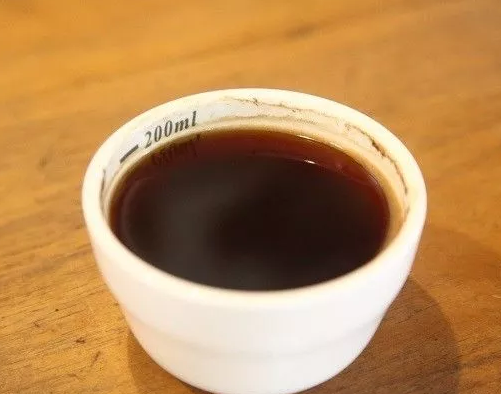
Important Notice :
前街咖啡 FrontStreet Coffee has moved to new addredd:
FrontStreet Coffee Address: 315,Donghua East Road,GuangZhou
Tel:020 38364473
- Prev

How to make a cup of Panamanian geisha? What are the characteristics of geisha coffee?
When it comes to geisha roses summer beans, one of the most expensive types of coffee in the world has to mention the jade estate in Panama. In addition to the world-famous summer roses, Jade Manor has repeatedly created amazing transaction records. Daniel was the first coffee farmer to find the unique flavor of rose summer by cup test, and the first to notice the amazing wind of rose summer in the formal coffee competition.
- Next
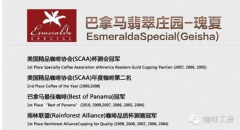
The Jade Manor has an amazing auction record. What are the characteristics of the geisha coffee in the Jade Manor?
Amazing auction record of the Emerald Manor: the geisha of La Esmeralda became a world-famous coffee by accident. Retired Swedish banker Rudolph A. Peterson bought the Jade Manor in Panama to spend his twilight years. Unexpectedly, the coffee trees in the manor bore fruit and delivered it easily.
Related
- Detailed explanation of Jadeite planting Land in Panamanian Jadeite Manor introduction to the grading system of Jadeite competitive bidding, Red bid, Green bid and Rose Summer
- Story of Coffee planting in Brenka region of Costa Rica Stonehenge Manor anaerobic heavy honey treatment of flavor mouth
- What's on the barrel of Blue Mountain Coffee beans?
- Can American coffee also pull flowers? How to use hot American style to pull out a good-looking pattern?
- Can you make a cold extract with coffee beans? What is the right proportion for cold-extracted coffee formula?
- Indonesian PWN Gold Mandrine Coffee Origin Features Flavor How to Chong? Mandolin coffee is American.
- A brief introduction to the flavor characteristics of Brazilian yellow bourbon coffee beans
- What is the effect of different water quality on the flavor of cold-extracted coffee? What kind of water is best for brewing coffee?
- Why do you think of Rose Summer whenever you mention Panamanian coffee?
- Introduction to the characteristics of authentic blue mountain coffee bean producing areas? What is the CIB Coffee Authority in Jamaica?

